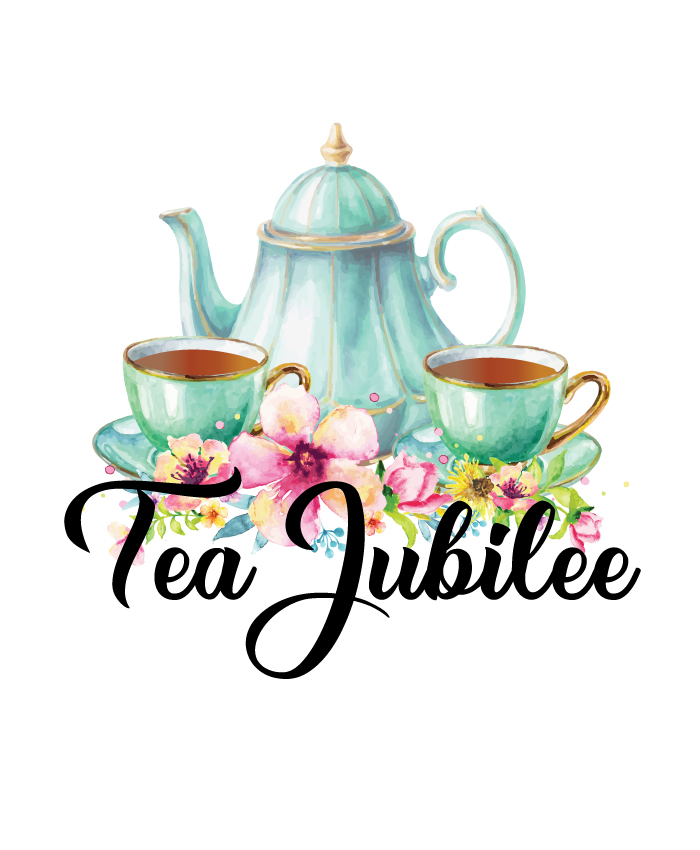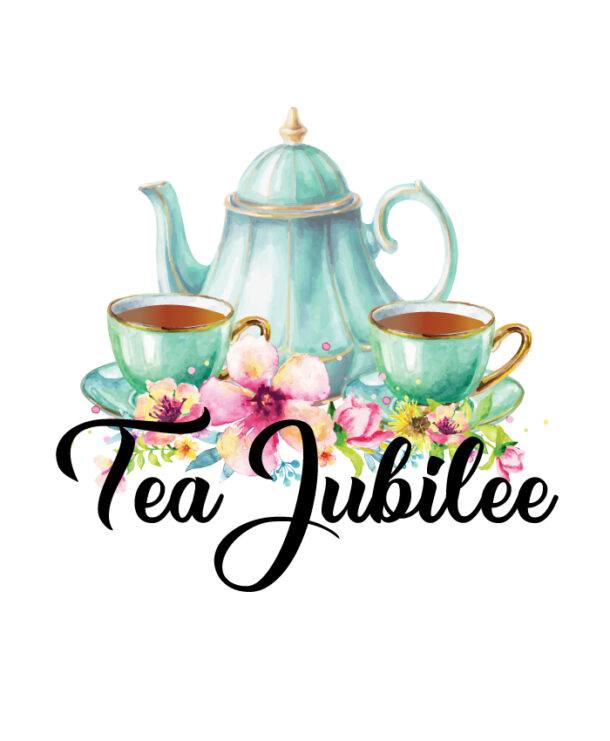==================
A Caveat and Affiliates
First off, a little caveat: within my articles you will find affiliate links, meaning if you buy them, I get a small commission. Your cost is not affected. In addition, I am an Amazon Associate and I earn from qualifying purchases on Amazon.
And yes, if I say that I recommend a product here, it means I truly believe it is a good product. I refuse to recommend any product that I have not researched and believe to be a good value.
Even better, I provide you with a very clear picture of the product, it’s use, and the probable value.
Earning your trust is important to me. I run this website myself and the commissions and donations help support the site.
Sound reasonable and fair enough? Let’s continue to the article.
==================
Contents
Effects of Darjeeling tea
Hello sweet friends!!
I hope you have had a great weekend! I sure did. Now, Have you ever heard of this tea? I have, but I have never really looked into how it’s good for you. So here is the post all about this tea! Enjoy the links at the bottom of this post to sites that i highly recommend!
Here is a link to one of my other posts that I just wrote. 
What is Darjeeling Tea?
Darjeeling tea is a well-known tea variety that is exported around the world. It grows in the Darjeeling district of West Bengal, India. Darjeeling tea is unique because the leaves can be processed in different ways, resulting in black, green, white, or oolong tea.
Facts First.
- Origin: Darjeeling District, West Bengal, India
- Alternative Names: the champagne of teas
- Temperature: 195–205°F
- Caffeine: about 50 mg of caffeine per 8-fluid-ounce cup; can vary based on flush
What Is Darjeeling Tea?
Darjeeling tea is made from the Chinese variety of the tea plant Camellia sinensis. It is a thin, light-colored tea with a floral aroma. The tea plant, like most plants, goes through periods of growth and periods of dormancy. Each flush is a period that starts when the tea plant grows new leaves and ends when those leaves are harvested. Darjeeling tea has three major flushes. The first flush takes place mid-March to May, the second flush is from June to mid-August, and the third flush (also known as autumn flush) occurs from October to November.
There are two minor flushes as well. The in-between flush is two weeks between the first and second flushes. The rains/monsoon flush is between the second and third flushes during the month of September.
Since this is all based on weather patterns, the time periods are not fixed and depend on both the weather in Darjeeling and the specific location of the estate. Excess rainfall earlier than expected can reduce the time period of a second flush while increasing the length of the rain flush by a few weeks and vice versa.
The distinct flushes will yield different results in taste, color, and aroma. As the tea ferments, flavonols in the tea leaves combine with oxygen in the air. It is this process that differentiates the black, oolong, and green tea varieties. Darjeeling black tea has undergone full fermentation, oolongs are semi-fermented, and Darjeeling green tea is not fermented at all.
3 Health Benefits of Darjeeling Tea:
High in Antioxidants
Darjeeling tea is rich in antioxidants, which are known to combat free radicals in the body, neutralize chemicals during digestion, and eliminate toxins.
Provides Hydration
A cup of tea provides useful hydration to the body and helps combat dehydration.
Reduces Stress
Darjeeling tea helps the body regulate the production of cortisol, known as a stress hormone.
Uses
Darjeeling tea is best enjoyed during the midmorning or early afternoon. It does have some caffeine, so it should be avoided in the late afternoon or evening (and earlier for those with caffeine sensitivities). If you have a sensitive stomach, avoid drinking Darjeeling tea on an empty stomach.
How to Drink Darjeeling Tea
Add 1 teaspoon of high-quality loose-leaf Darjeeling tea into a warmed teapot. Boil water and then allow it to cool for a minute or two. Pour water over the tea and steep for three minutes. Purists drink Darjeeling tea without milk, sugar, or lemon. Add what you prefer.
Caffeine Content in Darjeeling Tea
The caffeine content in Darjeeling tea can vary depending on its flush. It can contain around 50 milligrams of caffeine per 8-fluid-ounce cup. This is higher than green tea but lower than black Assam tea. It has a low acidity level, especially compared to black tea or coffee.
Buying and Storing.
Darjeeling tea can be purchased loose or in tea bags from better grocery stores, coffee/tea shops, or online retailers. Darjeeling teas are very aromatic, but they will lose their aroma when exposed to air for a long time. They’re especially sensitive to moist humid air, direct sunlight, heat, and strong odors, so it’s best to store the tea in a sealed container in a dark pantry. The tea is best consumed within two years of harvesting.
Recipes
Try some of these tasty recipes; Darjeeling tea will work in any of them:
- Vodka Infused With Black Tea
- Black Tea Hot Toddy
- Sweet Adeline: A Pomegranate and Black Tea Drink
Types of Darjeeling
The three main flushes and two additional flushes will produce different types of Darjeeling teas.
- Darjeeling first flushes tea: The first tea harvested in the spring after the winter dormancy. The color of the tea is light and clear. The tea leaves have a flowery scent that is bright and distinct. Due to their freshness and color, the first flush teas are generally more expensive than the other flushes.
- Darjeeling second flush tea: It has a dark, amber color and strong flavor, especially in contrast to first flush teas. The tea leaves have a purplish bloom and can have a fruity taste. Many in the tea world liken the flavor of a second flush to a muscatel grape. The distinct flavor is caused by a combination of unique weather, topography, and plant types. Some tea connoisseurs prefer the second flush because of this unique flavor.
- Darjeeling third flush tea: When brewed, this flush results in a dark or coppery-colored tea. Autumn Darjeeling leaves are larger than those from other seasons. This type tends to be priced slightly lower than the first and second flush teas.
- In-between flush tea: This tea tends to have similar characteristics to the first flush but is often slightly lower in quality.
- Monsoon flush tea: This tea is more oxidized and sold at lower prices. It’s commonly used for masala chai. In-between flush tea and monsoon flush are rarely exported.
Keep in mind that in addition to flushes, Darjeeling tea is rated using a grading system. The teas are graded by the size and quality of the tea leaves. The four categories of tea leaves that are graded are whole tea leaves, broken leaves, fannings, and dust. Whole leaves are the highest grade, and dust is the lowest. Fannings are small leaf particles that are used in tea bags and tea dust is essentially the waste left by the tea leaves.
Links.
Now that you know about Effects of darjeeling tea, you might want to go to these links 🙂
This first link is to Healthline! Now, this site is a site that I go to if something is not right with me (Or I go to my mom) But Healthline is a great site that i love to go on. Click here for the link!
And this next link is to a coffee website and then i will link to one that is another favorite!
This coffee site is one that my brother started almost 4 months ago and it’s a great site I like to go to. The link is right here. If yo want to go to the home page of Easy To Espresso! 🙂
And the link to go to is this one right here. Now, this website is a site that my mom has started to help those who are taking care of their parents and, this site will benefit me when I become a CNA and take care of the older people in this world.
Click here for the link.
And that it! I do hope you loved learning all about what the Effects of Darjeeling tea are! I also hope you stop back here for another post on a tea that you have heard or, you want to find something new. My site has just what you’re looking for.
Many blessings to you!




